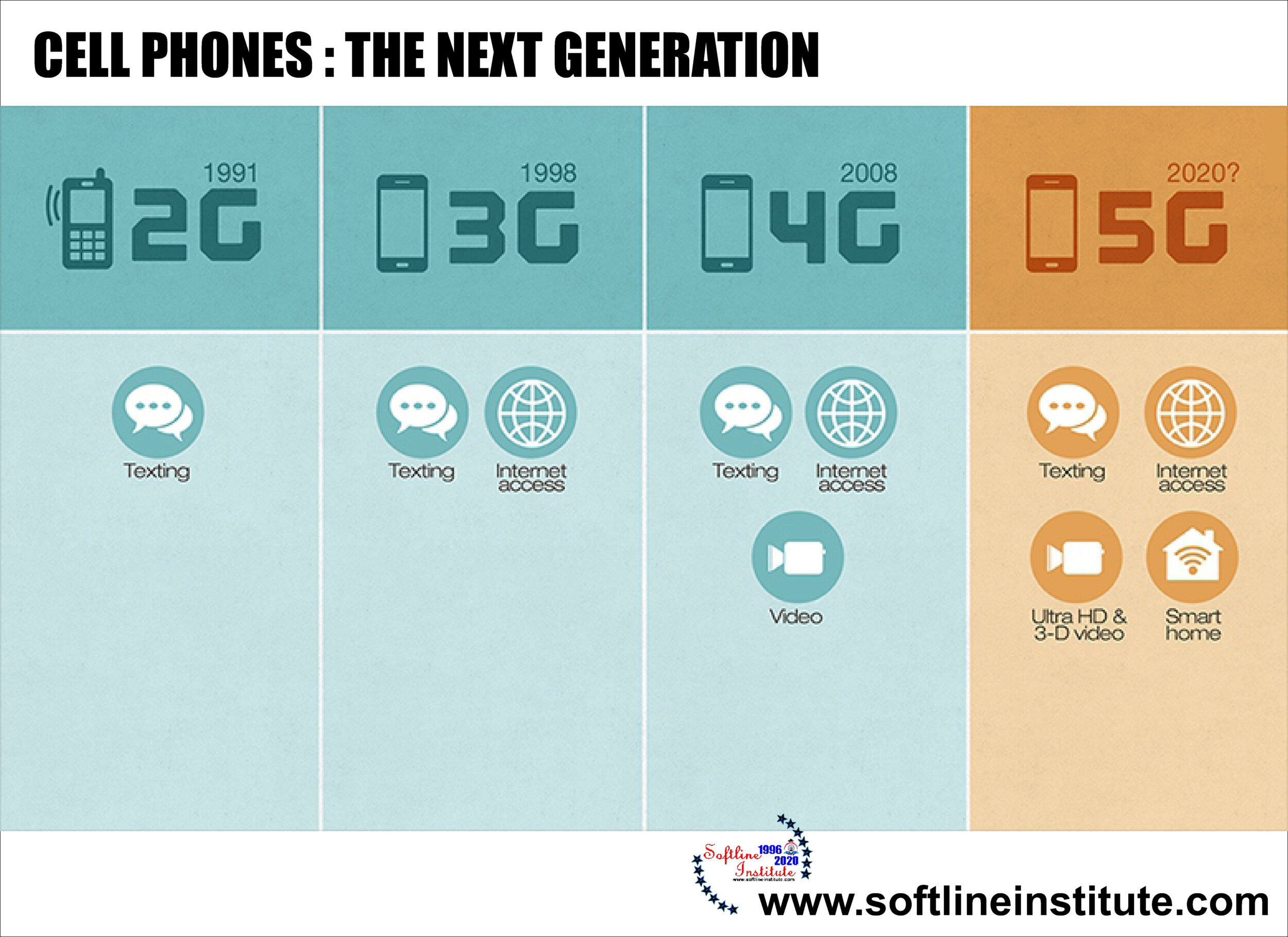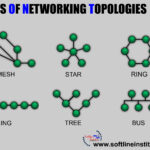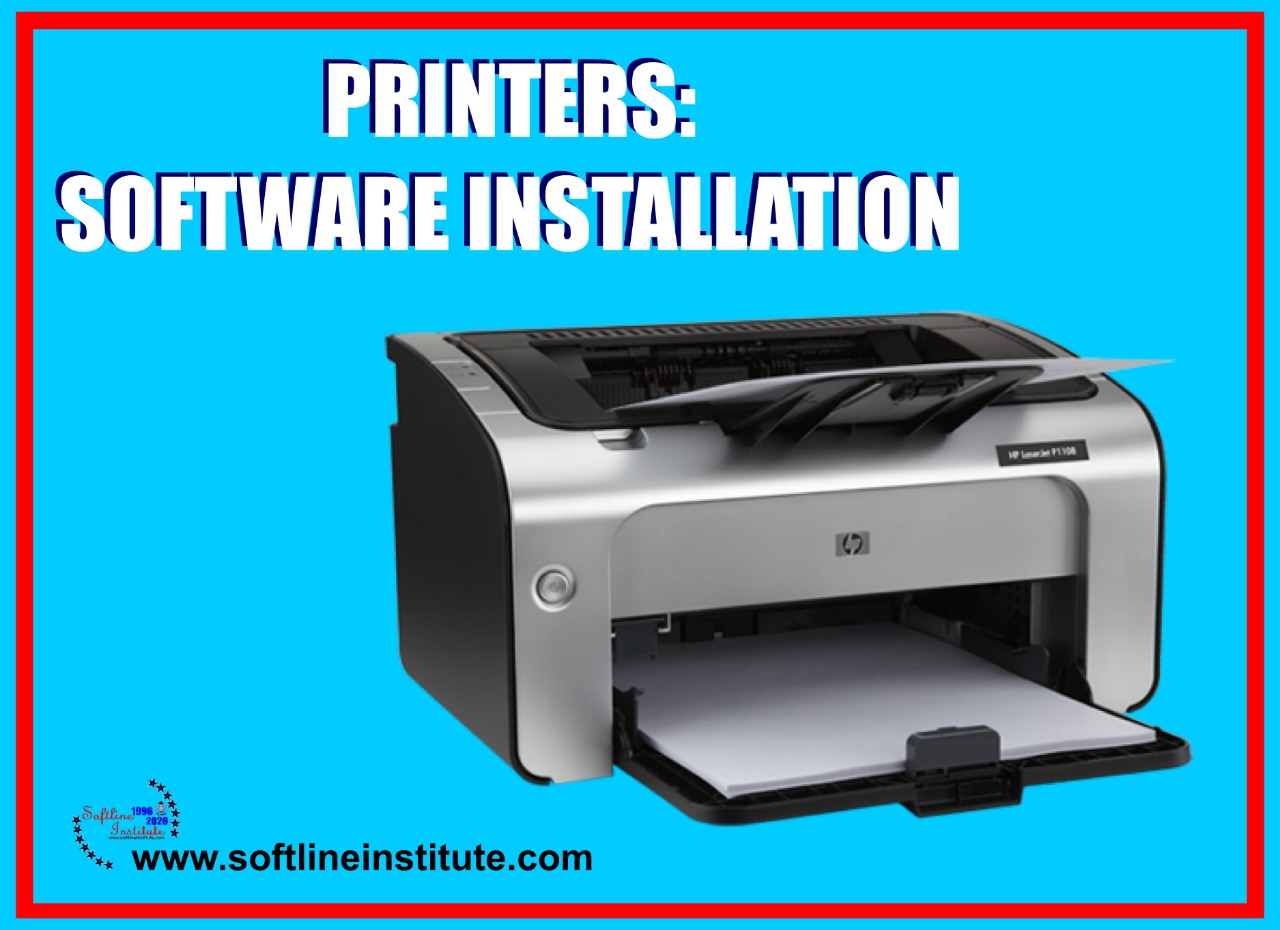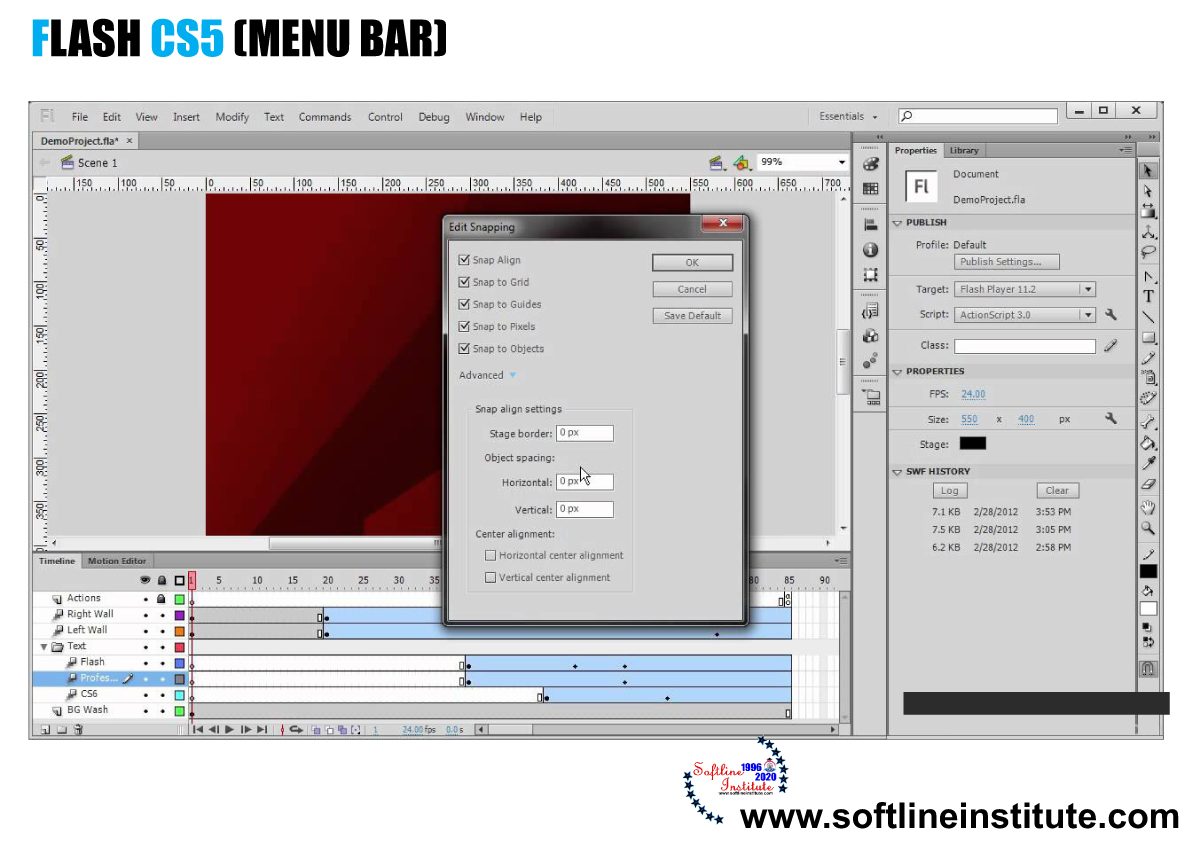Introduction of the next generation (Cell Phones)
But a third generation of cell networks, sometimes called 3G, aims to turn digital data into the primary application of cell carries, with voice, multimedia, and Internet access all intermingles through a variety of devices, including phones and computer network adapters, but also kiosks and new consumer and automotive electronics. In the 3G world, data is available at all times. Because the cell network turns from a circuit-switched network into a packet-switched network like the Internet (in which the data to be transferred is broken into packets and sent along any number of paths), the cell phone and cell-enables devices are always connected to the network.
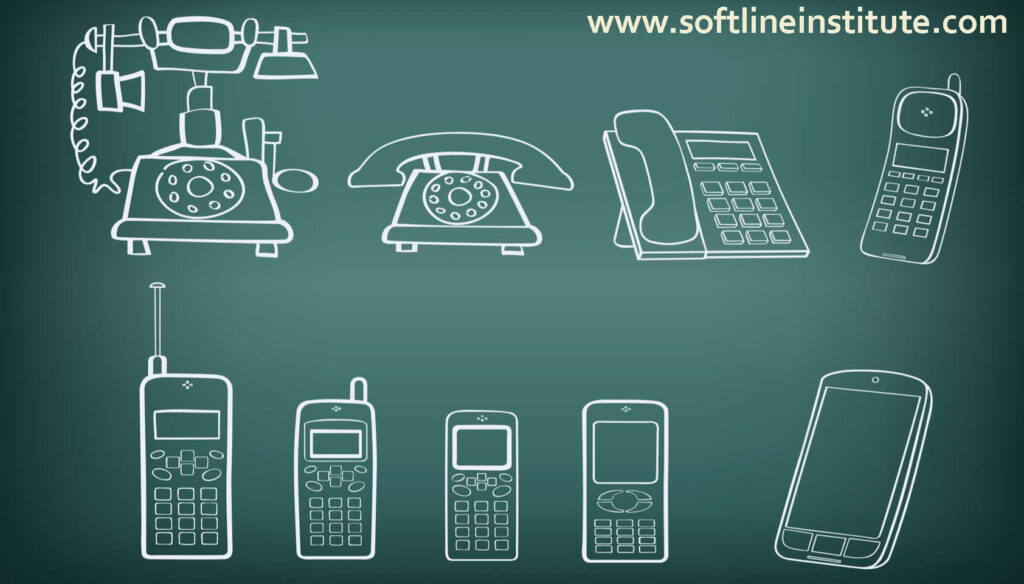
3G promises speeds of anywhere from a few dozen kilobits per second up to a few megabits per second. Low speeds could be available in any metropolitan area, on highways, and potentially elsewhere, while the highest speeds would conceivably only be reached in the densest parts of cities or even only inside of office buildings that had interior transmitters.
Because 3G devices are always on the network, even slow speeds aren’t a hindrance when,
for instance, new maps are being spooled into your car’s directional system, or the day’s headlines are downloading into your PDA. These services that push information to you take advantage of the network’s ubiquity in not trying you down while data is transferred.
3G is as much a reality as it is a future technology, since companies are already rolling out different versions of it worldwide in bits and pieces, mostly in a few larger cities. The pricing is still all over the board, with cell companies hoping to charge based on the amount of data transferred rather than charging a flat or capped rate.
Note:
The U.S. and the rest of the world didn’t agree on which frequencies to use for 3G, which means that a U.S.-based 3G phone won’t work in Europe or Asia and vice-versa, unless the phone supports about eight different frequency bands to encompass all the possibilities. Some phones today that handle analog and digital (on of a number of 2G flaovors) may handle three or four bands.
One Half Step Back
It can’t provide the highest speeds of 3G, but it conceivably can supply tens to hundreds of kilobits per second, while still using the already-paid-for frequencies and most of the equipment that comprises today’s cell networks. The pricing for 2.5 tends to be more down to earth, too, as the speeds are too low to warrant huge price increases.
Many of these hot spots offer consistently high bandwidth through simple, existing Wi-Fi network technology at flat rates in the same kinds of dense urban environments in which 2.5G and 3G might have thrived. Hot spots can’t offer ubiquity, but lack of ubiquity might be a small prices to pay for the other advantages.
Can’t We All Get Along?
The cell companies have, as 2002 nears a close, begun to deal with this dilemma in earnest by pushing convergence between cell networks and hot spot networks. Sprints PCS was an early Boingo Wireless investors, and T-Mobile USA runs more than 1200 hot spots in Starbucks, while Sweden’s Telia operates several hundreds hot spots collectively called Home Run across Scandinavia. In Japan and south Korea, the dominant telephone and cellular companies plan to install thousands of hot spots in the next year.
Simultaneous with these investments, trials, and deployments, comes the ongoing development by many wireless networking chip makers of a multiple-standard network adapter. This adapter. This adapter can talk 802.11a and 802.11b, as well as cellular data flavors including GSM (Global System for Mobile Communications) and GPRS (Global Packet Radio Service), two international standards gaining a significant foothold in the U.S. as well.
A single PC Card,
probably with a cell-phone style personal authentication module, could allow you to roam from cellular network to hot spot to cellular network with uninterrupted access. Or, perhaps your laptop will connect to your cell phone (probably via Bluetooth) to access the internet.
It’s clear that the cell phone companies don’t want to leave money on the table, and with tens of millions of laptops already equipped with 802.11a and 802.11b adapters as 2002 draws to a close, they already have an audience they could serve.
We expect the real breakthrough will be a combination of simplicity and seamlessness: a single bill, a single authentication module, no login or captive portal pages, and transparent service wherever you go.
FOR MORE INFORMATION
